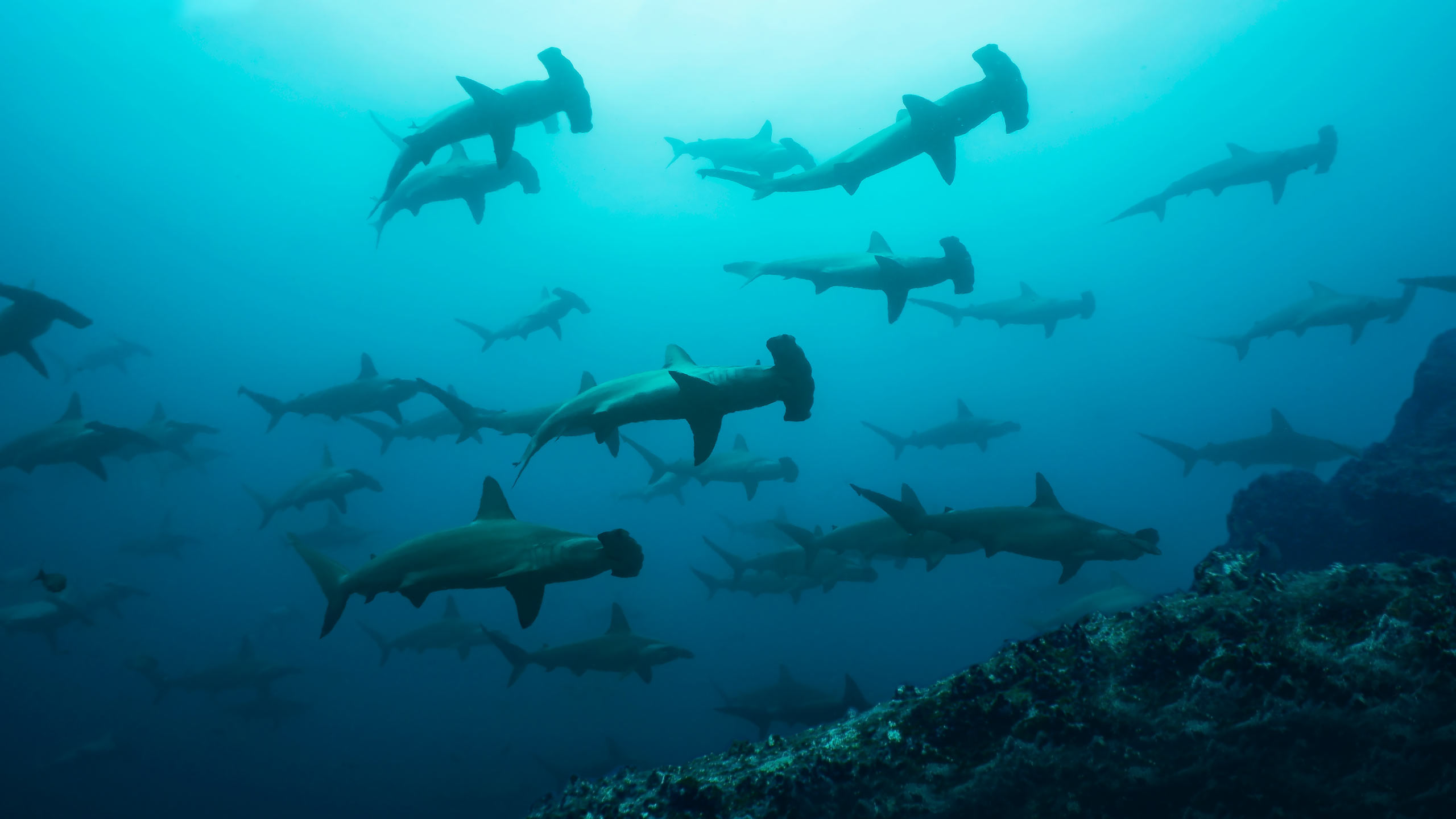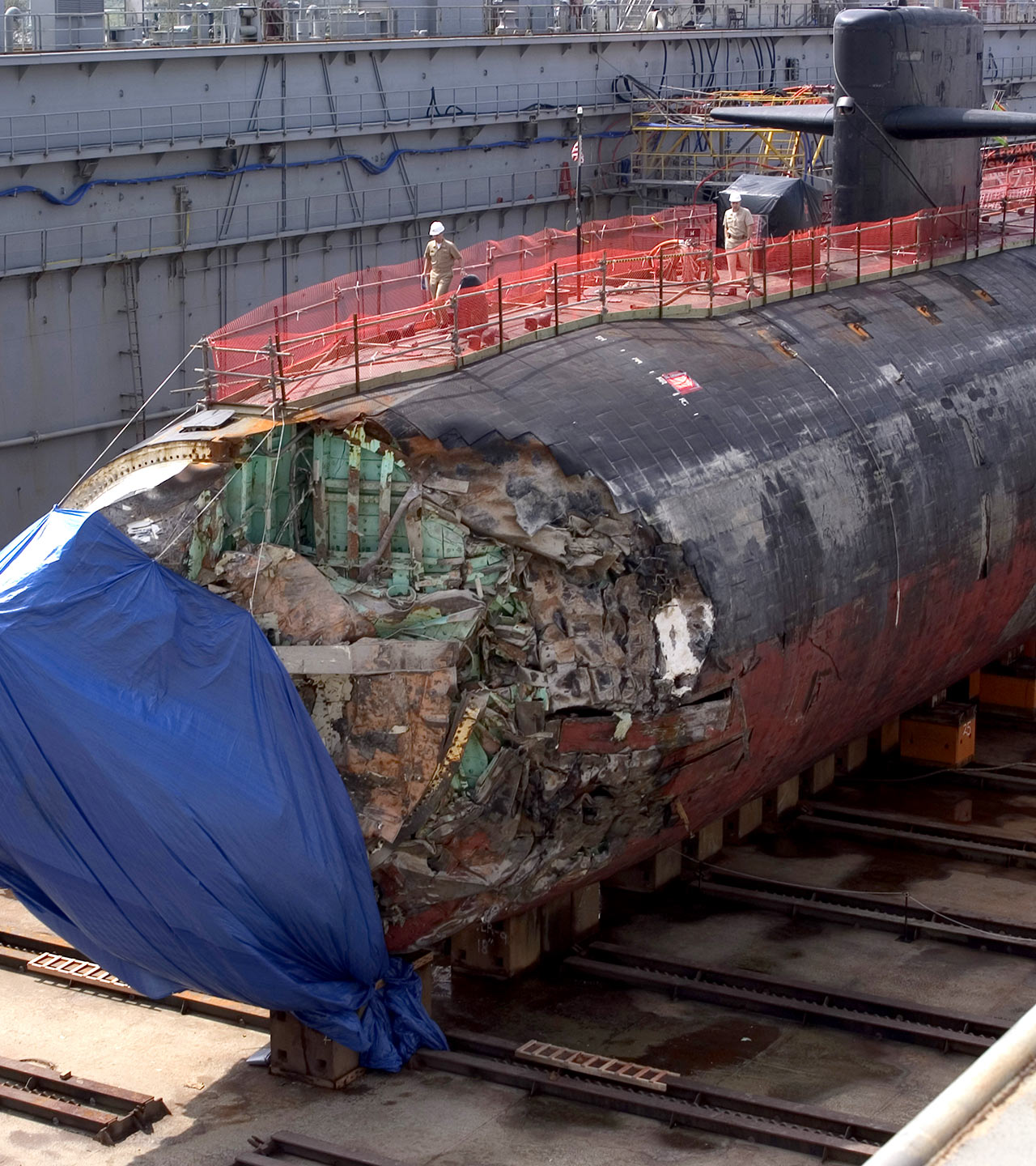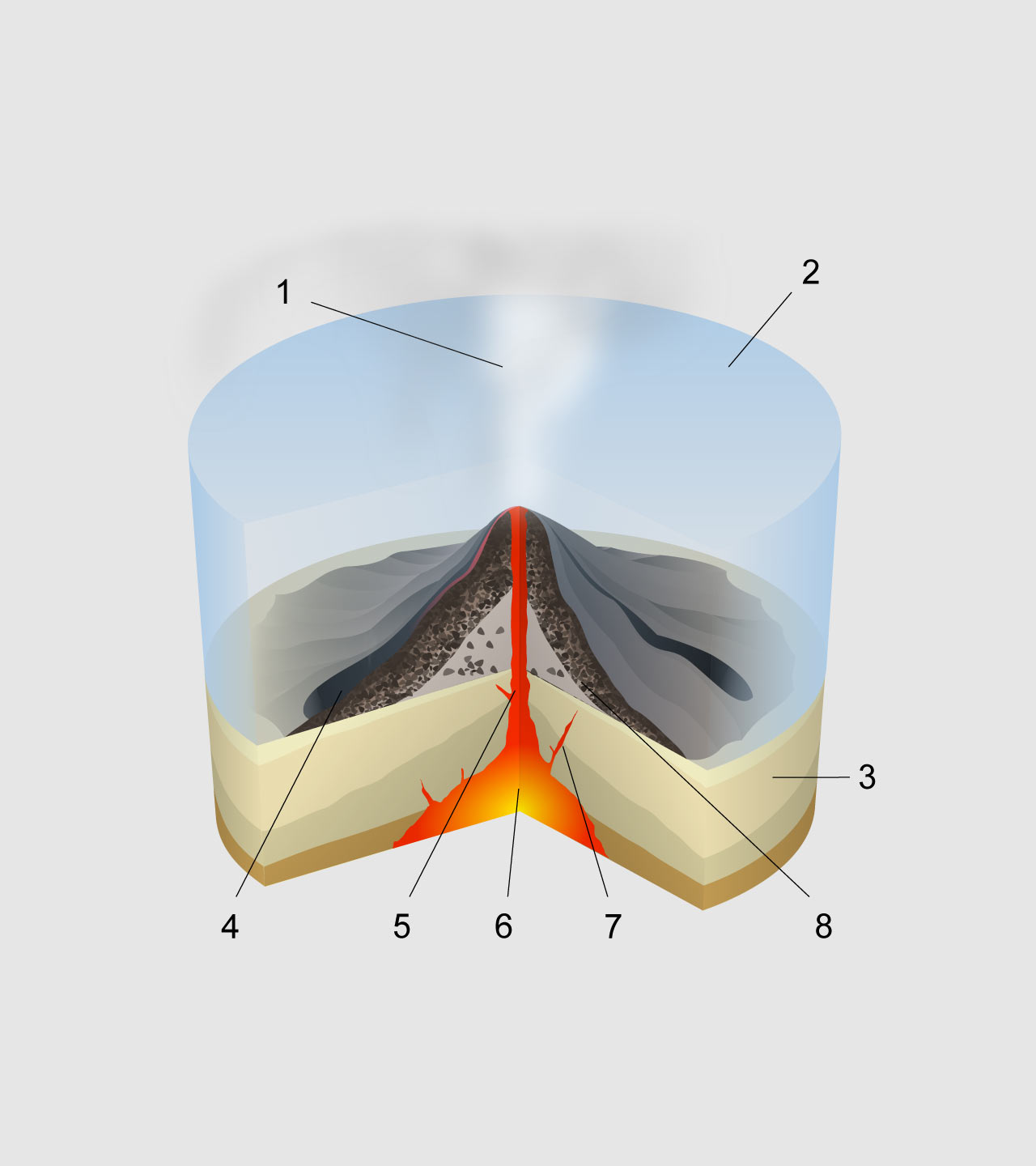Exploring The Seamounts of New Caledonia
The mysterious underwater mountains of New Caledonia act as essential feeding and breeding grounds, as well as home to species previously undiscovered by humans.
Posted on
The remarkable natural beauty of the Coral Sea is unquestionable, both above and beneath the waves. However, there’s a lot more to it than you might think, and more is still being discovered in the form of seamounts.
These underwater mountains are effectively new islands that haven’t quite broken the surface. They rise for hundreds of meters from the seabed, usually formed by underwater volcanoes, providing a haven for marine life. Much like a small tropical island, they deflect ocean currents, bringing fresh nutrients into the shallow, sunlit water where they can support corals, reef communities and even large sea mammals like whales.
From a Superyacht owner’s perspective, the seamounts of the Coral Sea are the ultimate in exclusive destinations. You have all of the attractions of the area’s tropical islands, but the need for a long-range vessel like a yacht makes it exclusively yours to explore and enjoy.

Mysteries of the deep
Seamounts are also a magnet for marine scientists. Despite numerous expeditions to investigate them, relatively few have been explored, and even those that have still have secrets to reveal. Over 14,000 have been discovered and identified, yet only 400 have been studied in any detail. Despite the fact that some 850 new species have been discovered around the seamounts of the Pacific South West in the last 30 years, a third of them thought to be endemic, scientists believe there is still much more to find.
In fact, the lack of knowledge about seamounts is itself something of a claim to fame. In January 2005, the US Navy attack submarine USS San Francisco collided with a previously uncharted underwater mountain near Guam at full speed, killing one crewman and injuring nearly 100 others.
Image Right: USS San Francisco submarine damage.

Life at all levels
What is known about seamounts is that major migrating species like sharks, whales, turtles and rays use them as as a safe place to feed and breed. They’re particularly well-suited to the purpose, being miles from the nearest land and human activity. Sadly, those located closer to civilisation have fallen victim to over-fishing.
While it’s only the wildlife near the surface that Superyacht owners can access and enjoy, there’s even more to discover at depth, towards the base of the seamounts. Some species thought to be extinct have been rediscovered alongside new and unusual species like cold corals. Those seamounts formed around still-active volcanoes have even been found to host entire food webs which, almost uniquely, do not rely on the sun at all.
While their mysterious depths are generally out of reach of Superyacht owners and their upper reaches are deserving of care and respect, the seamounts of the Coral Sea provide a fascinating glimpse into life in the open ocean, far from humanity.
Diagram of a submarine eruption: 1. Water vapor cloud, 2. Water, 3. Stratum, 4. Lava flow, 5. Magma conduit, 6. Magma chamber, 7. Dike, 8. Pillow


Destinations: New Caledonia, Pacific Ocean
Footnote:
Contact Seal Superyachts New Caledonia for detailed information about cruising around New Caledonia, superyacht charter regulations and about how we can support your visit.
Principle agent Audrey Morand is proud to have worked with many of the World’s largest Superyachts and has extensive knowledge of New Caledonia and the surrounding area.
Audrey Morand
Phone: +687 70 9009
Email: newcaledonia@seal-superyachts.com